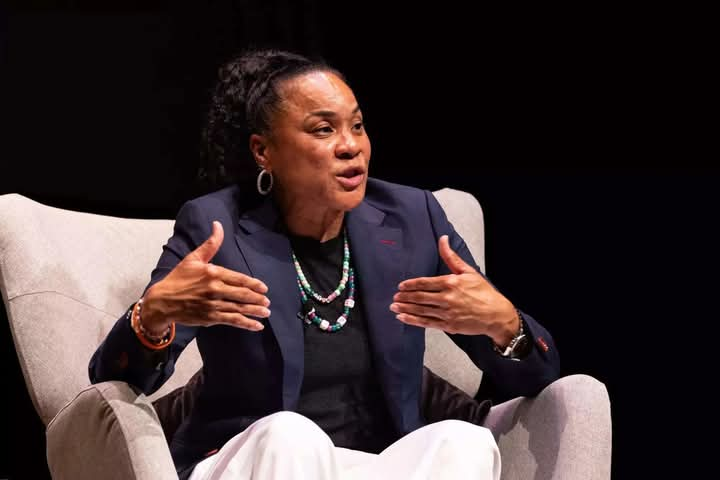Dawn Staley, the head coach of the South Carolina Gamecocks, has made history by becoming the first NCAA head coach ever invited to the prestigious Presidents Cup. This momentous occasion is not just a personal triumph for Staley, but a landmark event that signals the changing tides of collegiate sports. In an unprecedented move, the Presidents Cup—a premier gathering for global leaders and influential figures in sports—has extended an invitation to a coach from the college basketball world, highlighting the increasing recognition of the impact college coaches have on a global scale.
Staley’s groundbreaking achievement underscores her exceptional contributions to not only her team but also to the broader basketball community. Under her leadership, the South Carolina Gamecocks have emerged as a dominant force in NCAA women’s basketball, securing multiple national titles and solidifying her status as one of the most respected figures in the sport. This invitation to the Presidents Cup is a testament to her leadership, commitment to excellence, and ability to inspire athletes both on and off the court.
What makes this invitation so powerful is the symbolism it holds for collegiate athletics. Traditionally, the Presidents Cup has been associated with elite professional athletes and coaches from various sports, but Staley’s inclusion challenges this norm and elevates the profile of college sports, particularly women’s athletics. Her recognition marks a significant shift in how collegiate coaches are perceived, emphasizing their role in shaping not only athletes’ careers but also influencing the culture and future of sports worldwide.
Staley’s achievement is a reminder that the influence of college sports extends far beyond the game. It speaks to the broader cultural and societal impact of coaches who are shaping future leaders, athletes, and role models. This invitation is not just an individual milestone for Staley but a step forward for collegiate sports, especially women’s athletics, and a signal that the boundaries between college and professional sports are becoming increasingly blurred.


